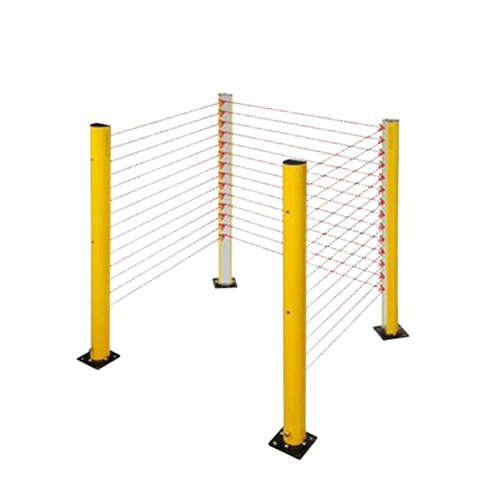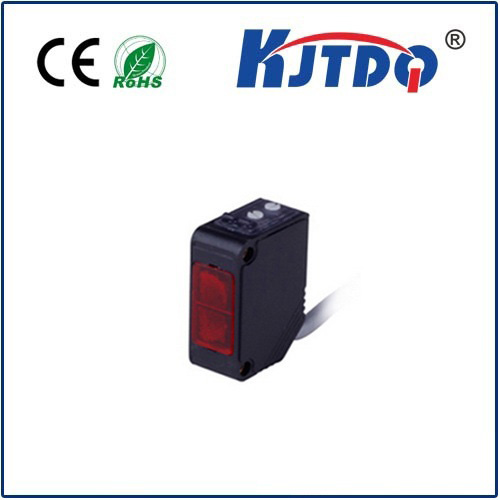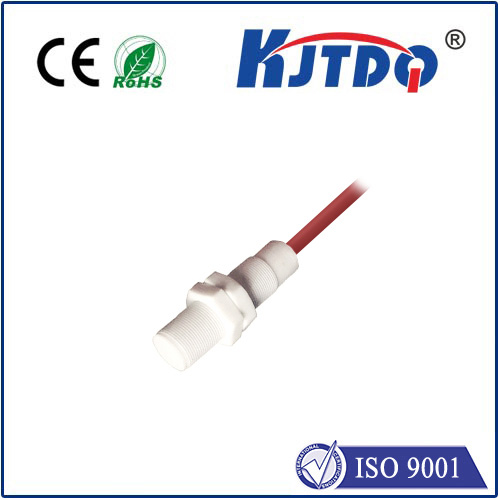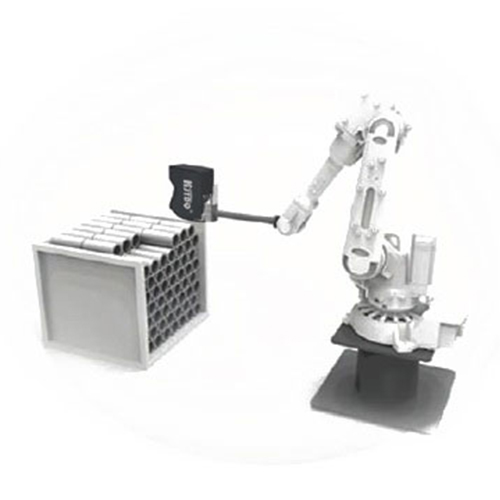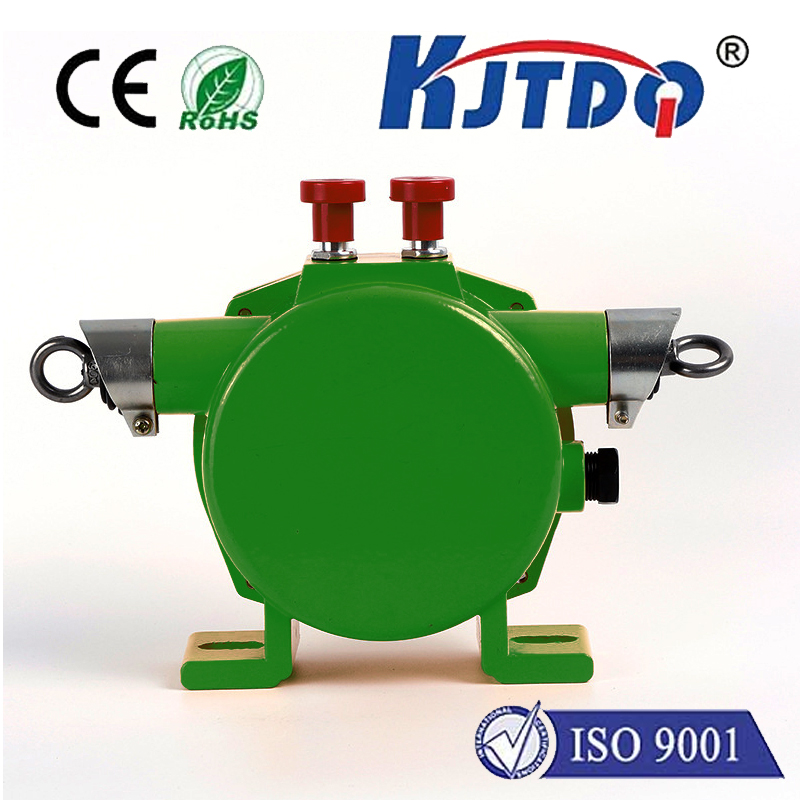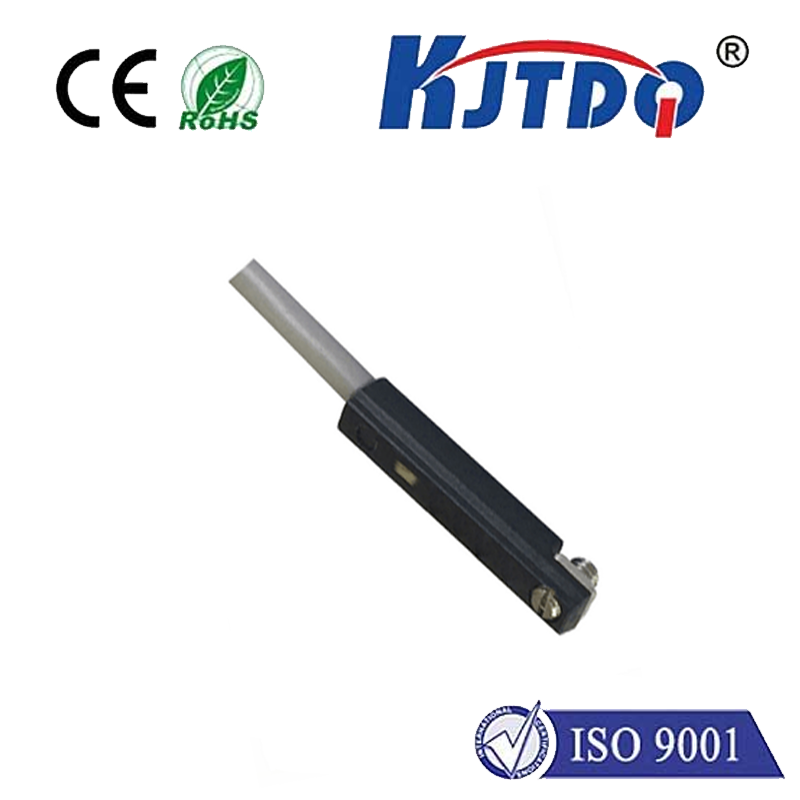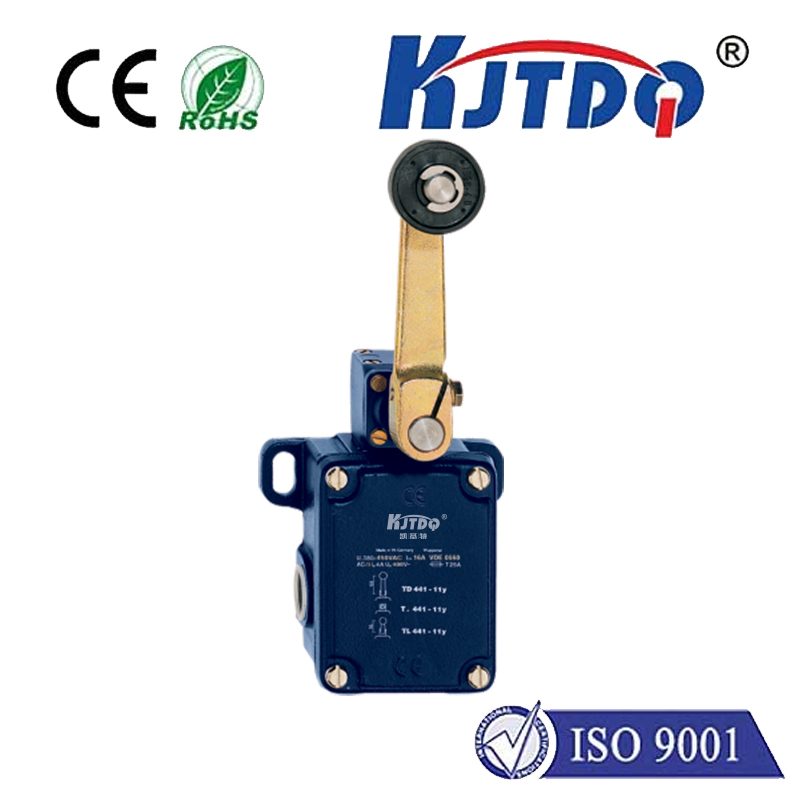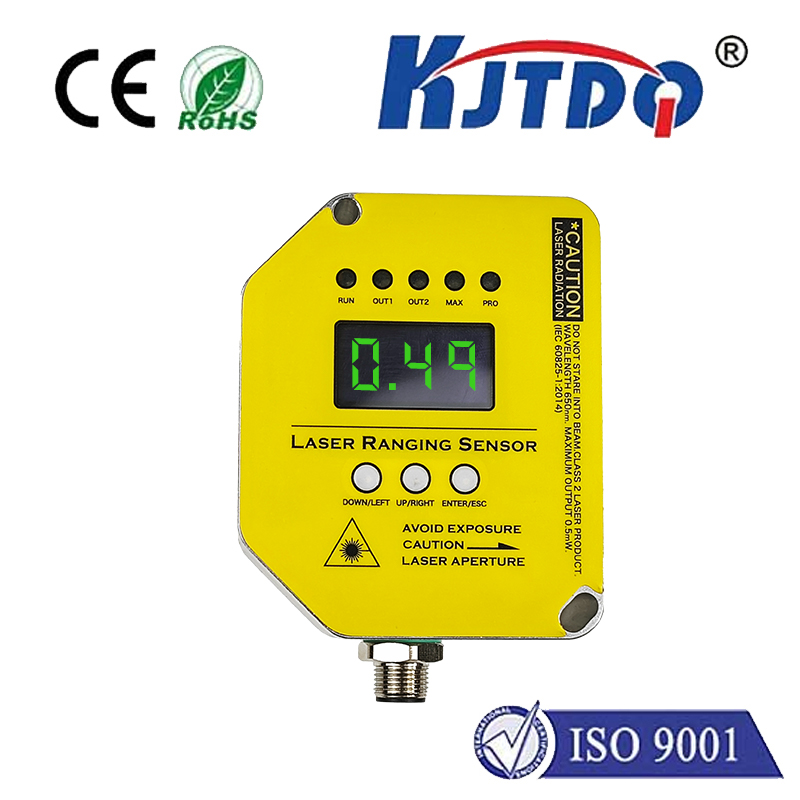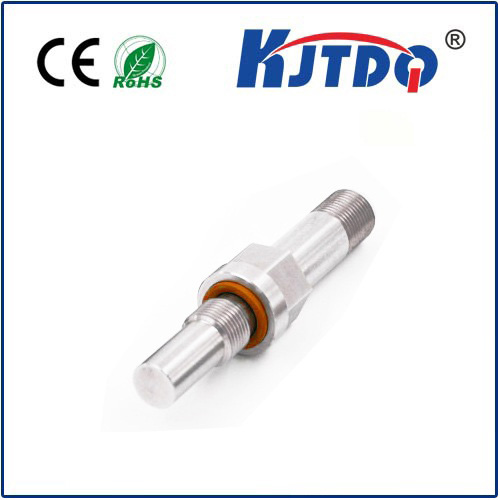

check

check

check

check

check

check

check

check

check

check

Title: The Intricacies and Applications of a 120 Volt Proximity Switch Introduction: A proximity switch is an essential component in various industrial applications, providing accurate detection without physical contact. Among the plethora of proximity switches available, the 120 volt proximity switch stands out for its specific voltage requirement, ensuring seamless integration with many industrial setups. This article delves into the intricacies of the 120 volt proximity switch, exploring its functionality, benefits, and diverse applications. Understanding the 120 Volt Proximity Switch: A 120 volt proximity switch operates by detecting the presence or absence of a target object within a predetermined distance. Unlike traditional switches that rely on physical contact, proximity switches use electromagnetic fields or light beams to sense the target’s proximity. The term “120 volt” refers to the operational voltage of the switch, making it ideal for systems designed to operate at this specific voltage level found commonly in North American electrical systems. Functionality and Mechanism: The fundamental principle behind a proximity switch involves the generation of an electromagnetic field or infrared light. When a conductive or reflective object comes within close range of the sensor, it disrupts this field or beam. This disruption is then translated into an electrical signal that can be used to control machinery, send alerts, or trigger other responses. The sensitivity of the switch—how far away it can detect an object—depends on its design and the technology used, such as capacitive, inductive, or photoelectric sensing methods. Benefits of Using a 120 Volt Proximity Switch: There are several advantages to incorporating a 120 volt proximity switch into your industrial processes:
